Remote sensing technologies allow the observation of natural phenomena at scales not possible with techniques on a research ship. For example, a two-minute ocean color satellite image acquired at a 1 km resolution would take a research vessel 11 years to acquire, traveling continuously at 10 knots. Robotic sensors allow a continuous observational presence to fill in between ship-based observations. Researchers working within this theme use sensors mounted on small aircraft and on satellites as well as sensors deployed in the water to study natural and man-made hydrocarbon (oil & gas) releases in the Gulf of Mexico. They process satellite based Synthetic Aperture Radar data to mark areas of oil floating over the study areas. This has produced a database of surface slicks in the Gulf of Mexico that is added to on a monthly basis. Observations of hydrocarbon releases at the seabed can be linked to targets on the surface across the Gulf using these tools.
They have also made measurements using Autonomous Profiling Explorers (APEX). These instruments make two profiles per day measuring temperature, salinity, oxygen, chlorophyll and colored dissolved organic matter fluorescence and particle optical backscatter from the surface to depths of 1500m. These measurements help the researchers understand how natural and man-made releases of hydrocarbons affect the microbial ecosystem of the Gulf of Mexico.
This theme aims to address components of the following ECOGIG research areas:
Clarify the biogeochemical dynamics, processes, and ecosystem impacts of natural hydrocarbon seepage in the Gulf ecosystem by:
Linking seafloor discharges to pelagic processes and signatures via remote sensing.
Determine the impact of natural perturbations on hydrocarbon fluxes by:
Monitoring the variability of hydrocarbon release and storage (for gas hydrate-rich sites) at the seafloor and the ocean surface.
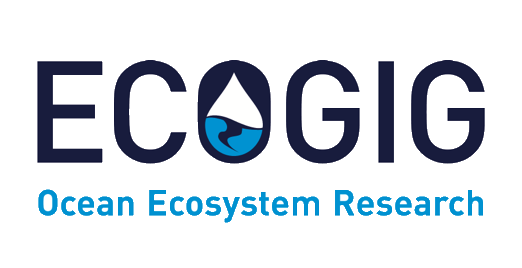
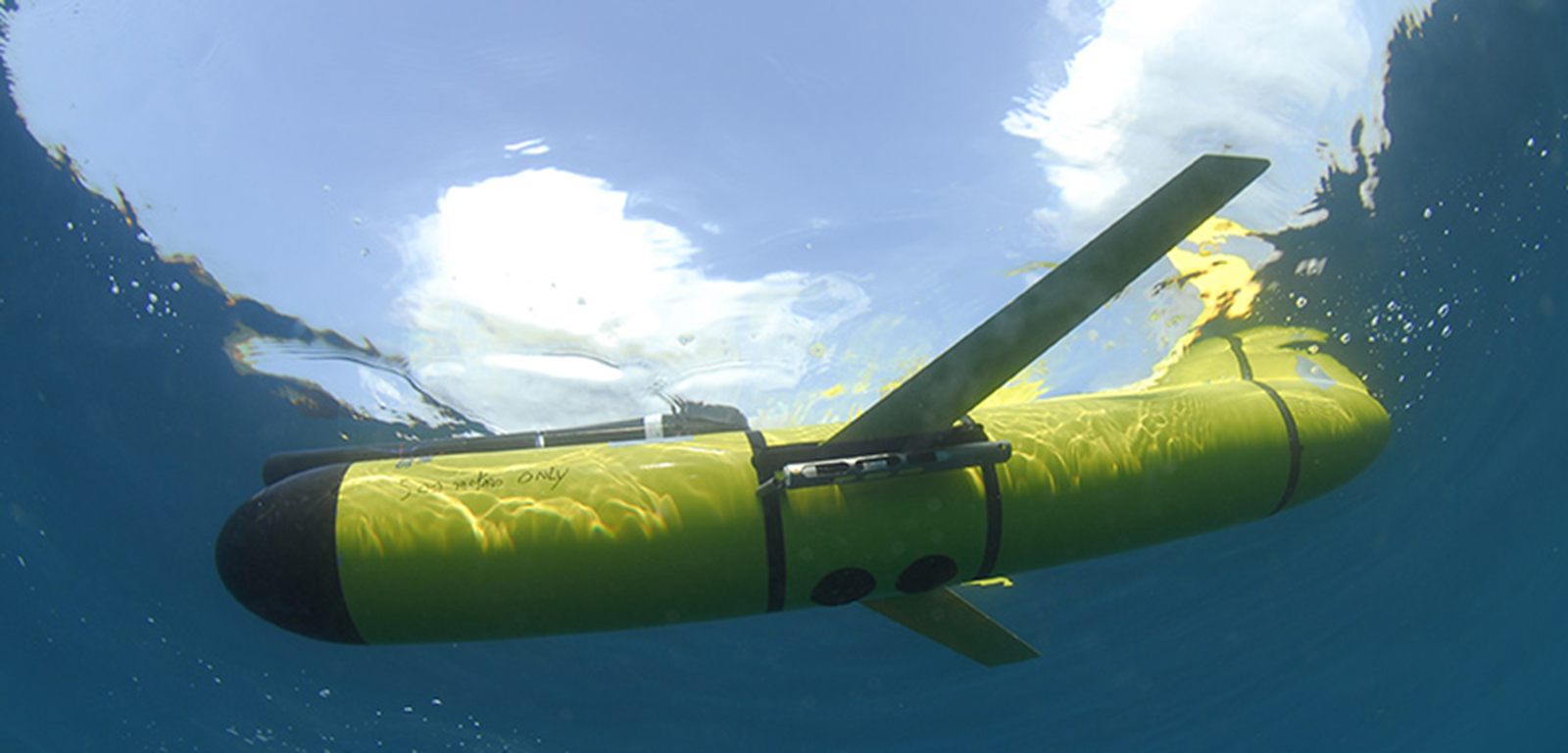
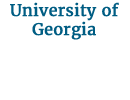

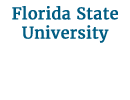


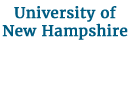
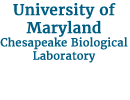

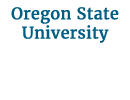
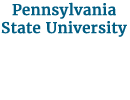

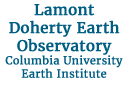

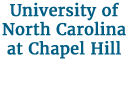


 back to top
back to top